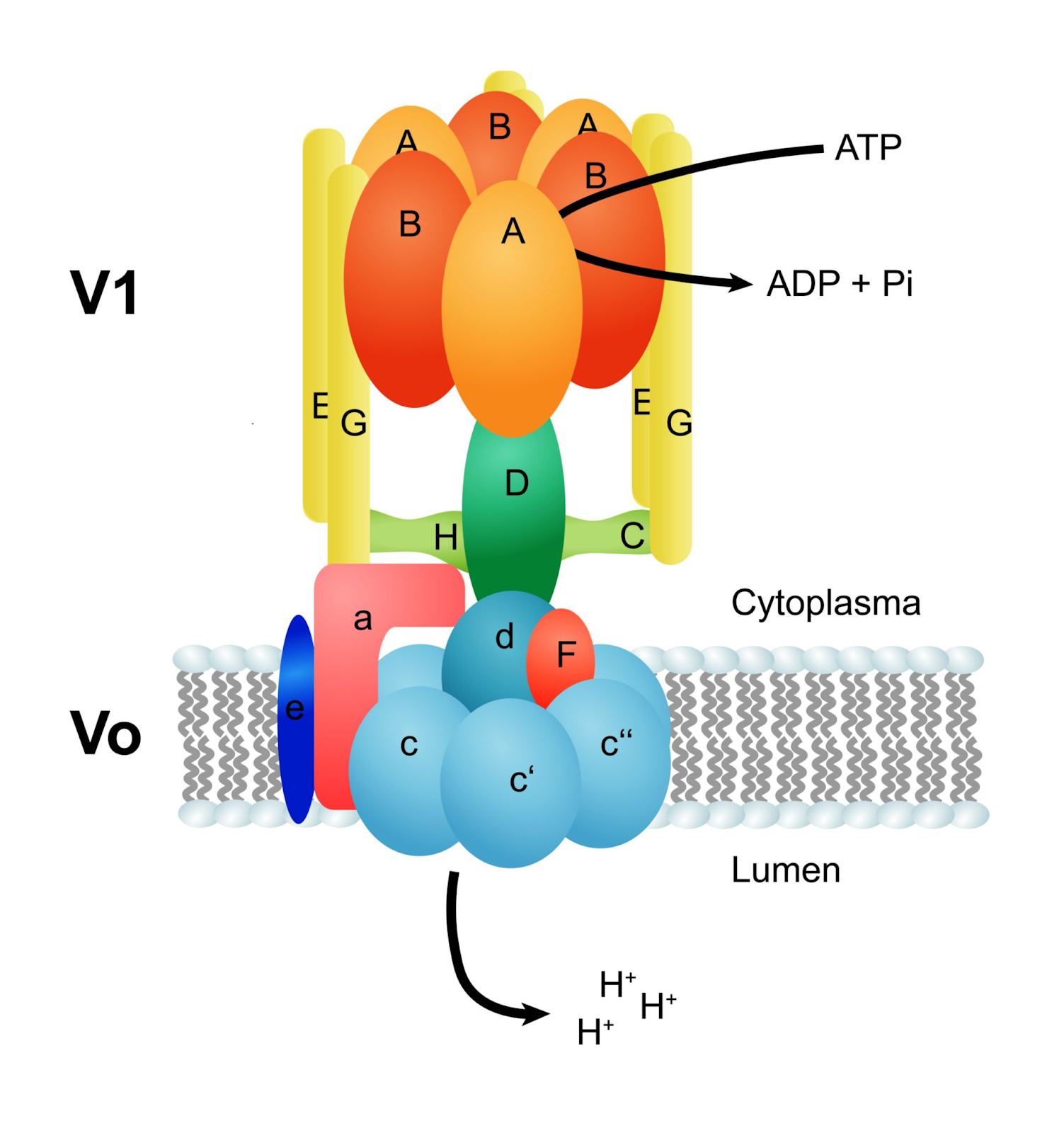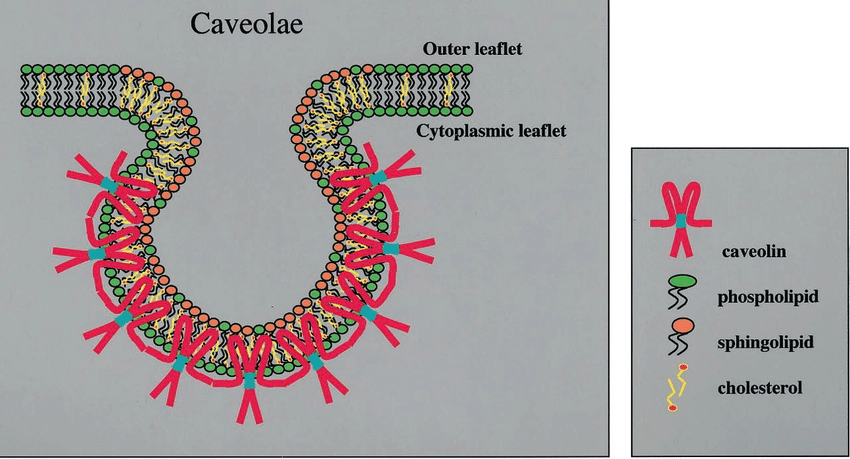Dictionary Definitions
Ligand-gated channels is a type of membrane ion channel that opens or closes in response to the binding of a specific molecule, called a ligand. Ligands are typically neurotransmitters or hormones that bind to specific sites on the extracellular portion of the ion channel, causing a conformational change that results in the opening or closing of the channel pore. When the channel is open, ions such as sodium, potassium, calcium, or chloride can flow through the pore, changing the electrical potential across the cell membrane and thereby affecting the excitability of the cell.
V-ATPase stands for vacuolar-type ATPase, which is an enzyme complex found in the membranes of various intracellular organelles and the plasma membrane of many cells. The V-ATPase is made up of two main subunits: the V1 domain, which is responsible for ATP hydrolysis, and the V0 domain, which forms the proton-conducting channel. The main function of V-ATPase is to transport protons across membranes against their electrochemical gradient, using the energy from ATP hydrolysis. This creates a pH gradient and membrane potential that are crucial for various cellular processes, such as the acidification of lysosomes, endosomes, and secretory vesicles, the regulation of cytoplasmic pH, and the formation of bone tissue.
Caveolae is a flask-shaped invaginations of the plasma membrane in many cell types. They are found in various tissues, including endothelial cells, smooth muscle cells, adipocytes, and fibroblasts. Caveolae are enriched in cholesterol and sphingolipids, which gives them a distinct lipid composition compared to the surrounding plasma membrane. Caveolae have several important functions in the cell, including signal transduction, lipid Metabolism, endocytosis



Comments
Post a Comment